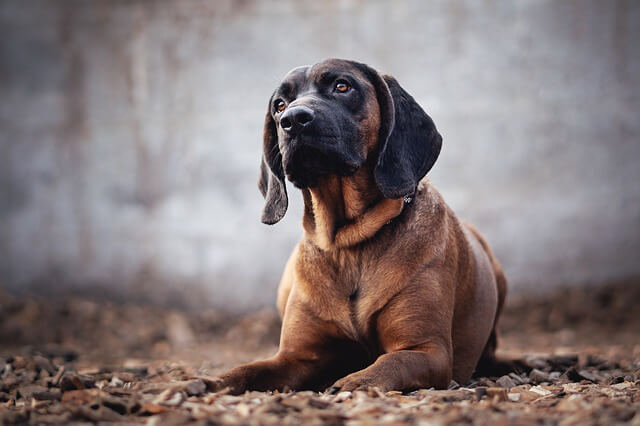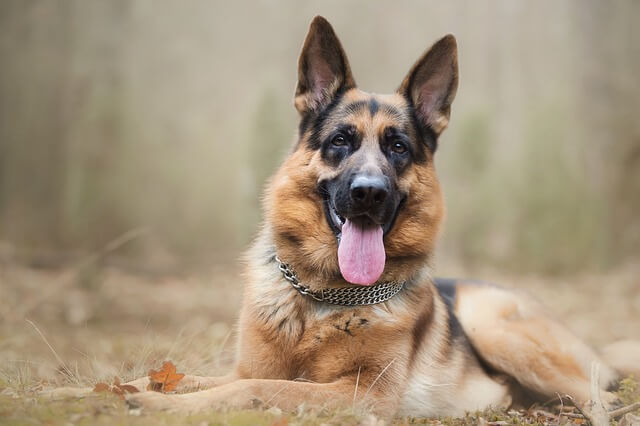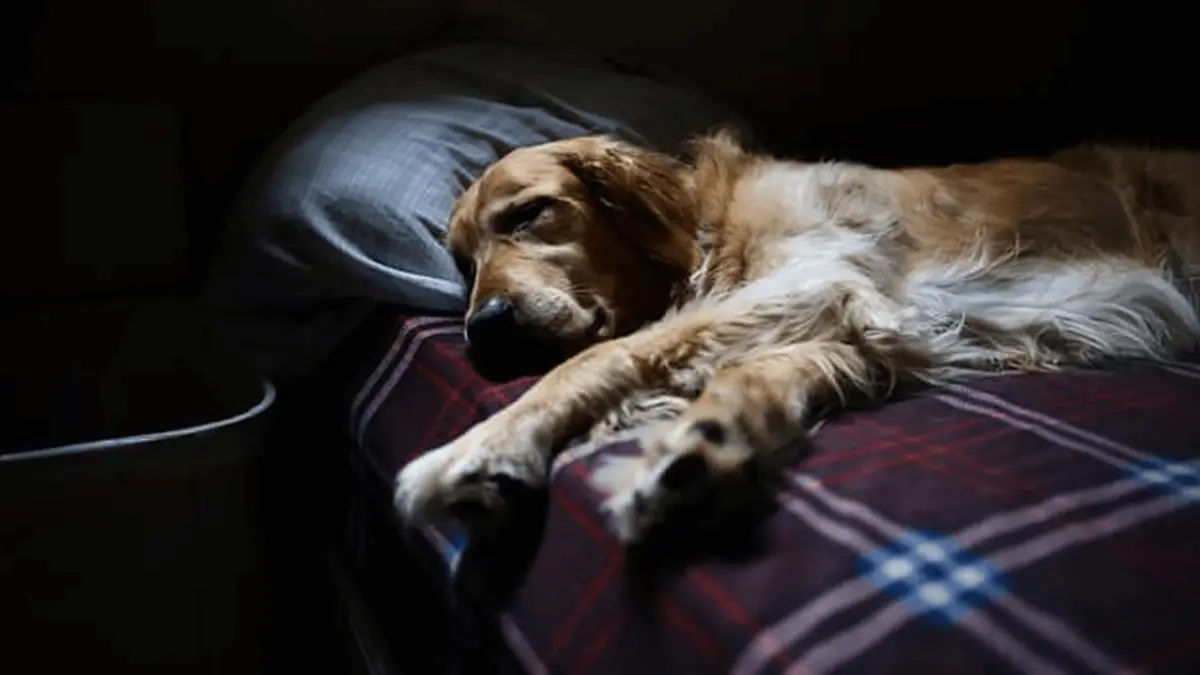What is Neoplasia in Dogs?
18.02.2022.
There are different terms in veterinary medicine that might confuse dog owners. One of those terms is neoplasia. If you are worried about your dog’s health and your vet diagnosed neoplasms, it is entirely understandable you’d want to know more about neoplasia, its dangers, symptoms, and treatments. Here’s what you should know about neoplasia in dogs.
What is neoplasia in dogs?
The term “neoplasia” is something veterinarians use to describe different types of abnormal growths. Basically, neoplasia is a condition that results from an abnormal growth. A single abnormality is called a neoplasm, and vets often use the terms “neoplasia,” “tumors,” and “cancer” interchangeably. However, all cancers are neoplasms, but not all neoplasms are cancers. That means that a dog can have some form of abnormal growth that is not necessarily cancerogenic. There are two types of neoplasms - Benign and malignant.
Benign neoplasms
Benign neoplasms can happen all over the dog’s body. However, they will not invade “normal” tissue and spread. They can be uncomfortable, but they are rarely fatal. The biggest issue can be if they put pressure on vital organs.
Malignant neoplasms
Malignant neoplasms are usually called cancers. They are the ones that you should be worried about. These abnormal growths can, and will, spread to the surrounding tissue and eventually destroy it. Tiny pieces of that type of neoplasm can break off and travel through the dog’s body. That is metastasis. The piece can stop in another body part and form other types of cancer.

How can my dog get neoplasia?
Much like cancer, we don’t fully understand why neoplasms, or neoplasia, happen. Most scientists agree it is a combination of genetic and environmental risk factors. However, neoplasms and tumors are extensively researched, and every day we are learning more about them.
We already know that body cells are formed and die all the time. It is the same in humans, dogs, and other living beings. When that process is somehow disrupted, the cells might start growing abnormally. The process will continue, and the abnormal cell will, over time, produce more abnormal cells. That’s how neoplasms form. The exact reason WHY that happens is still a mystery.
Where do neoplasms often happen on dogs?
One of the worst things about neoplasms is that they can happen anywhere on the dog’s body. However, some forms of neoplasias are rare in dogs. Here are the body parts that most cases of neoplasia happen;
- Skin
- Mammary Gland (breast)
- Head (mouth, neck, throat…)
- Abdomen
- Bones
- Urinary tract
- Reproductive organs
- Immune system

How can I know if my dog has neoplasia?
The good news is that some forms of neoplasias are tough to miss. For example, most dog owners will notice abnormalities on their dog’s skin. Owners might feel weird bumps, and if that happens, they will take their dogs for a checkup. The most secure way to know if a dog has neoplasia is to get a diagnosis from a vet. However, most owners will notice something weird about their dogs and take them to the vet.
Symptoms of neoplasia
Another way you can make an educated guess regarding neoplasia in dogs is to learn the symptoms. If you know the symptoms of neoplasia, you will notice them, which means you can take your dog to the vet soon. That also means you will give your dog the best possible chance of getting the correct treatment. Here are the most common symptoms of neoplasia in dogs;
- Sores that do not heal
- Weight loss
- Difficulty breathing, urinating, or defecating
- Abnormal growths
- Complete or partial loss of appetite
- Bleeding or discharge from bodily openings
- Hesitation to exercise or loss of stamina
- Unpleasant odor
- Difficulty eating or swallowing
- Constant lameness or stiffness
How dangerous is neoplasia in dogs?
The exact danger of neoplasia will directly depend on the type of neoplasms the dog developed. If the neoplasm is benign and does not apply pressure on any of the dog’s vital organs or the spine, it is usually not something to worry about too much. Vets will want to regularly check the size and make sure it doesn’t become malignant. If it is applying pressure or developed somewhere where it will interfere with the dog’s movement, the vet might schedule surgery and remove it.
The more dangerous form of neoplasm is the malignant type. If that is the case, the vet will order a biopsy to determine the exact type. Malignant tumors are responsible for 50% of deaths in dogs over 10 years, so you can imagine how dangerous it is. The problem is that most of them are discovered late, and options and treatments are limited.
How is neoplasia in dogs treated?
Again, the treatment will depend on the exact type of neoplasia the dog developed. In the case of benign neoplasms, vets might not recommend any kind of treatment. They might want to take a biopsy and make sure the neoplasm is benign. The malignant neoplasm is dangerous, and therapy has limited success. It can prolong a dog’s life in some cases, and things like chemotherapy and surgery will not guarantee 100% success.
World Dog Finder team







Share